Optimal Seasons for Foundation Repairs
Foundation repairs are most effective when performed during specific seasonal conditions that minimize soil movement and moisture fluctuations. Proper timing can help ensure the longevity and stability of repairs, reducing the likelihood of future issues.
Spring offers moderate temperatures and manageable moisture levels, making it ideal for foundation work. Soil is typically moist but not overly saturated, facilitating easier excavation and stabilization.
Summer repairs are feasible but may be affected by higher temperatures and dry conditions. Adequate moisture control is necessary to prevent soil shrinkage and movement.
Fall provides cooler temperatures and often stable soil conditions, ideal for foundation repairs. However, early frost can delay work in some regions.
Winter is generally not recommended due to freezing temperatures, frozen ground, and potential for snow and ice, which can hinder repair processes and affect soil stability.
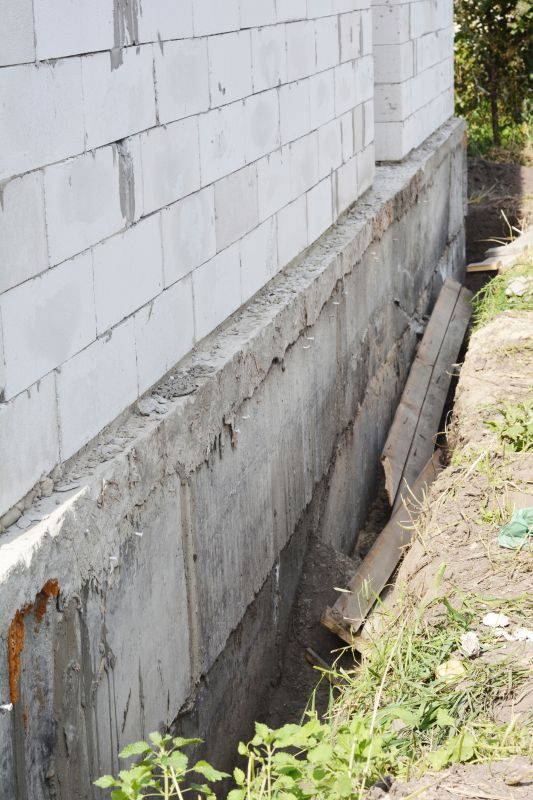
Springtime allows for optimal soil conditions, reducing complications during repairs.
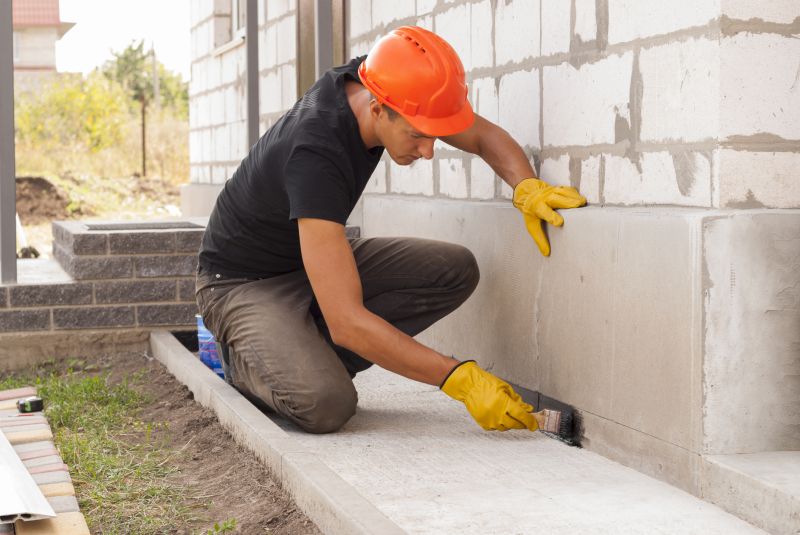
Summer requires careful moisture management for successful repairs.
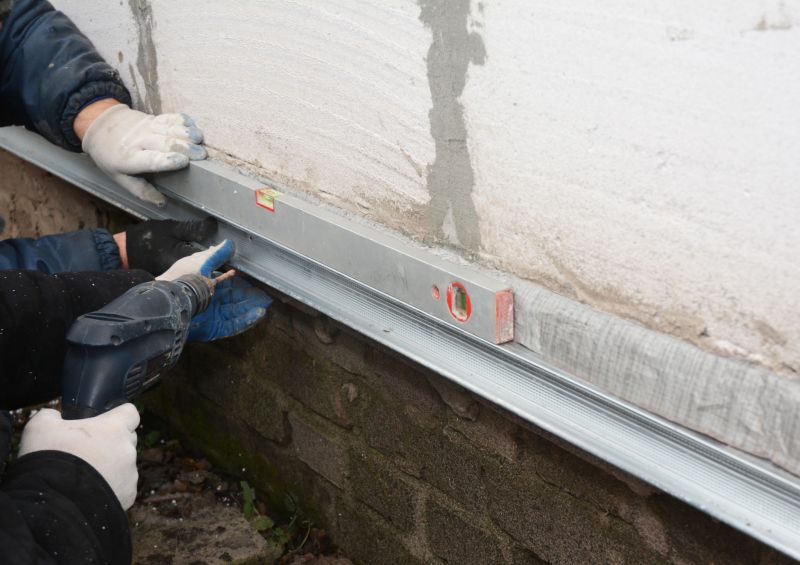
Fall offers stable soil conditions, suitable for foundation stabilization.
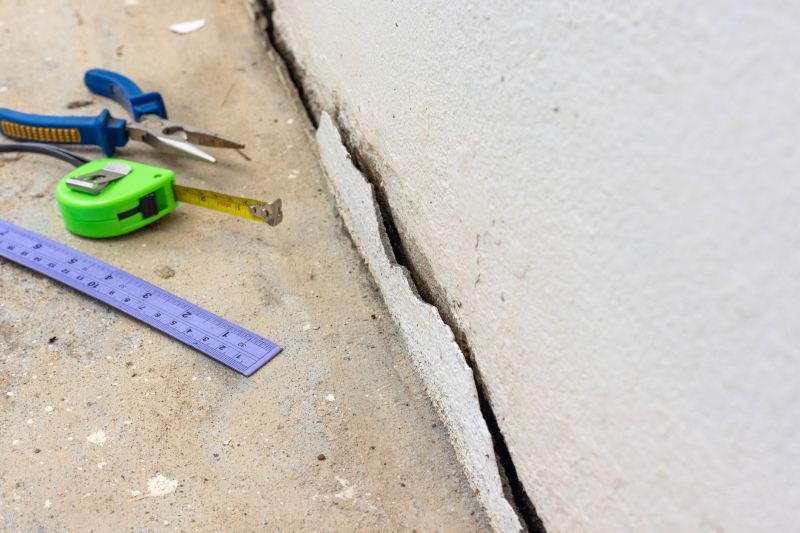
Ways to make Foundation Repairs work in tight or awkward layouts.
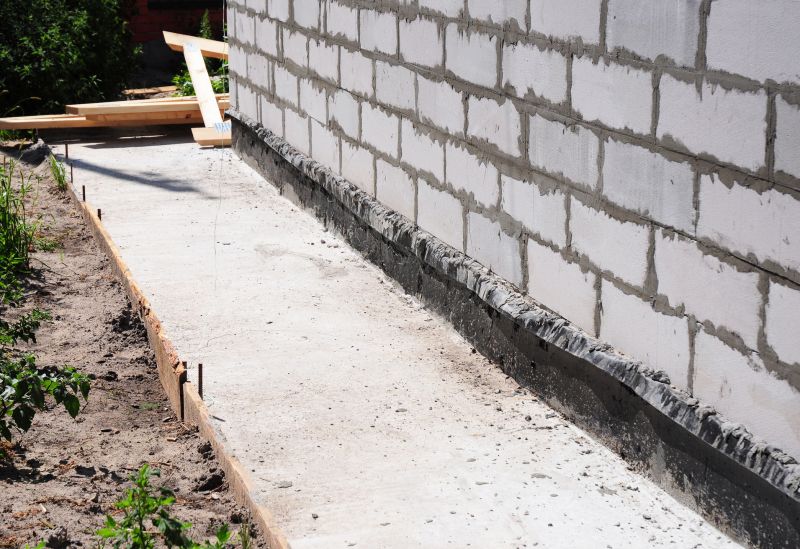
Popular materials for Foundation Repairs and why they hold up over time.
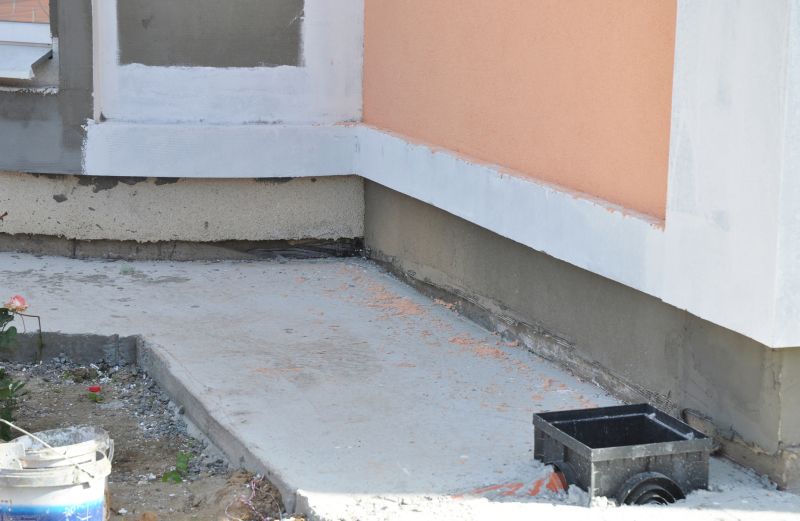
Simple add-ons that improve Foundation Repairs without blowing the budget.
| Season | Optimal Conditions |
|---|---|
| Spring | Moderate temperatures, moist soil, low risk of soil movement |
| Summer | Higher temperatures, dry conditions, requires moisture management |
| Fall | Cooler temperatures, stable soil, potential early frost delays |
| Winter | Freezing temperatures, frozen ground, generally unsuitable |
Foundation repairs involve stabilizing and strengthening the structural base of a building to prevent further damage or collapse. Common issues include settling, cracking, and shifting caused by soil movement, moisture fluctuations, or poor construction. Timely repairs can prevent costly damages and maintain the safety of the structure. Statistics indicate that addressing foundation issues early can reduce repair costs by up to 50%, emphasizing the importance of proper timing and professional assessment.
Understanding seasonal soil behavior is crucial for effective foundation repairs. Soil expands when wet and contracts when dry, which can exacerbate existing foundation problems if repairs are done at the wrong time. Proper scheduling, typically during stable soil conditions, enhances the durability of repairs and minimizes future issues.
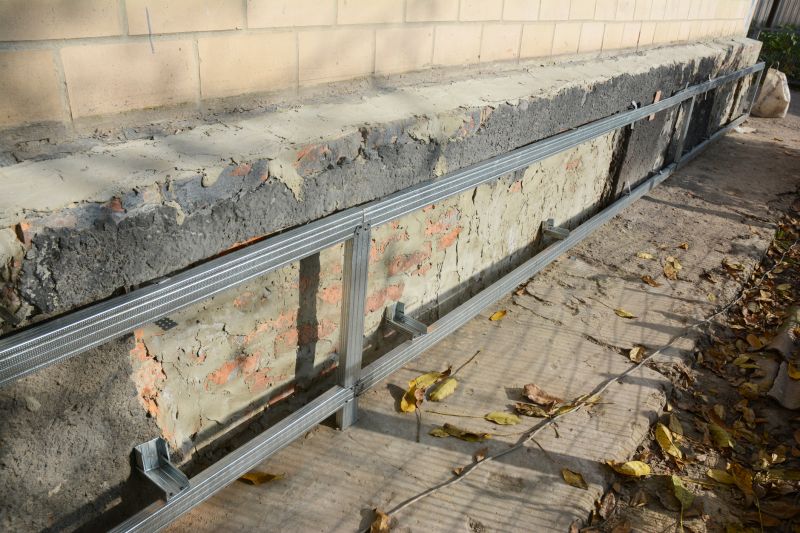
Proper timing ensures long-lasting foundation stabilization.
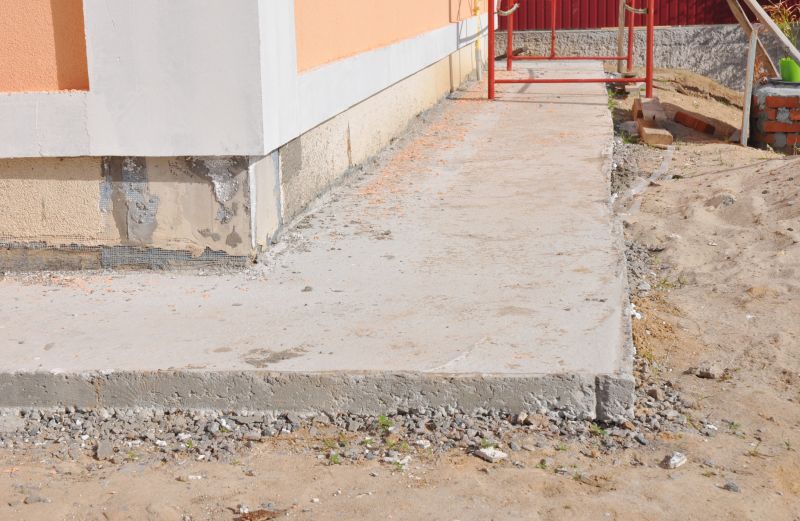
Monitoring soil conditions helps determine optimal repair timing.

Soil behavior varies with seasons, impacting repair success.
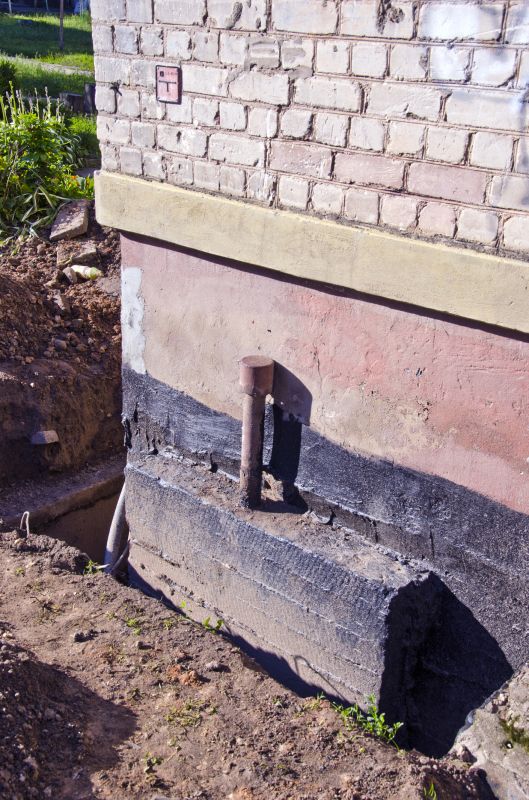
High-end options that actually feel worth it for Foundation Repairs.
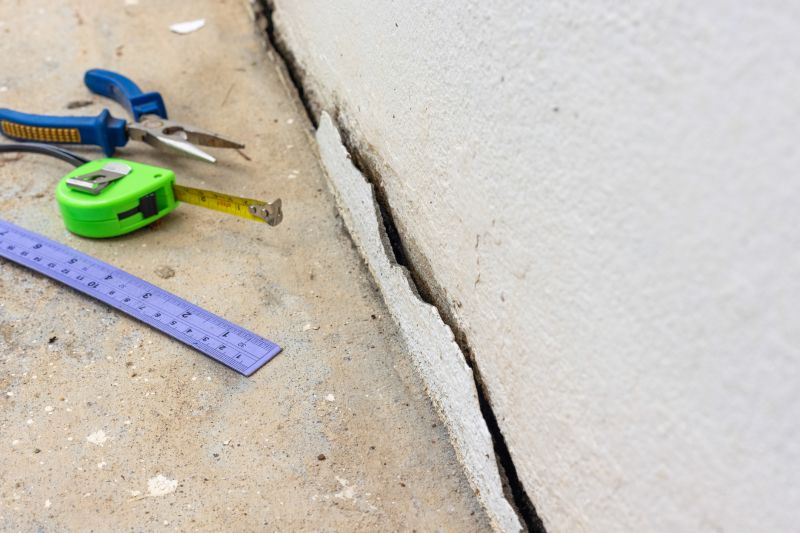
Finishes and colors that play nicely with Foundation Repairs.
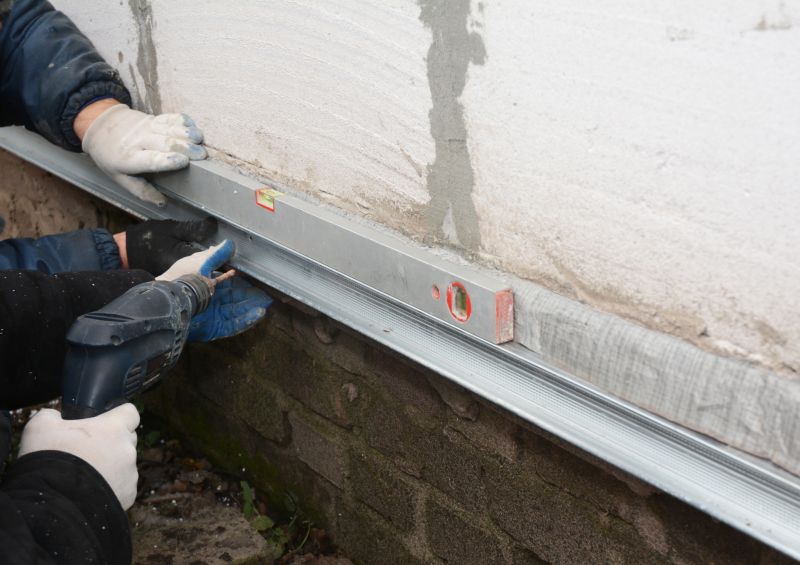
Little measurements that prevent headaches on Foundation Repairs day.
For assistance with foundation stabilization, fill out the contact form to discuss options and scheduling.



